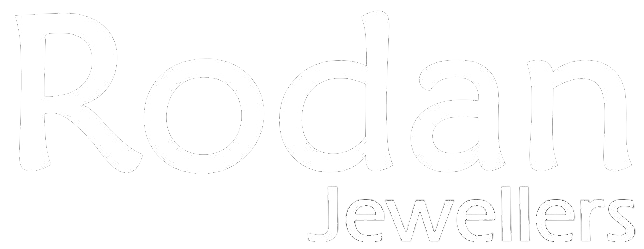With more time at home during these unprecedented times, we all have been doing more organizing and cleaning. With this extra time at home, comes finding lost treasures we may have forgot we had. Have you found any family jewellery that hasn’t been worn in years? We’re here to help you wear your jewellery again. Whether you need some polishing, repairs or to create something new out of something old, our in-store workshop is here to bring your jewellery back to life. And with proper care and maintenance, your jewellery will last for many more years and many more memories to come.
You might wonder how often you should clean your jewellery, or how do you know if it needs to be repaired?
Here are some common examples of what we encounter with older/well-worn jewellery:
Ring Claws: The “claws” are the clasps which hold the stones on your ring in place, and unavoidably wear down over time. Although they may appear full and secure to the untrained eye, they are often too short or paper thin and stones may be at great risk of being lost. The two areas of greatest wear, and consequently the greatest risk, are typically the claws on the centre stone and the very bottom claws of both sides of shoulder diamonds. A semi-annual mount check, when getting your jewellery cleaned at a reputable jewellery store, should assure that any problems are identified and rectified long before there is any elevated chance of a tragic loss of a stone. A properly trained goldsmith should re-tip only with the same precious metal as the claws are constructed of. Never have your claws soldered; this is a shortcut often used by less qualified jewellers and soldered claws will wear out quicker.
Necklaces: Another place to look for wear is at the end of chains and bracelets, as well as the top loops of pendants. These areas are the most prone to the gold rubbing against each other and wearing thin over time. If left unchecked too long, these loops can literally and unexpectedly wear right through, causing for a potential loss of a beloved chain, pendant, or both. Re-building these loops is a straight forward and cost-effective long-term solution.
Ring Shank: The bottom area of rings, the “shank”, takes the most wear and abuse over time. Eventually, this area may get thinner to the point where it breaks, or continually weakens and bends out of shape. Reshanking is the only answer in this case, but it is an expensive service. Fortunately, a reshank generally lasts for decades or even a lifetime, so you will often only need to do this once. We are often asked if we can “thicken” the shank when a ring is being sized. Unfortunately, due to physical limitations, we are restricted to keep the shank only the same thickness as the original adjacent thinner area.
We encourage you to stop by with your jewellery for a free repair quote. We also always offer free jewellery cleanings and advice, so please bring in your regularly worn jewellery at least twice a year so that our master jewellers can spot out any concerns with your jewellery before something is lost. Our in-store master goldsmiths are here for you and we look forward to serving you soon.
Click here to submit an online request for a free jewellery repair quote

